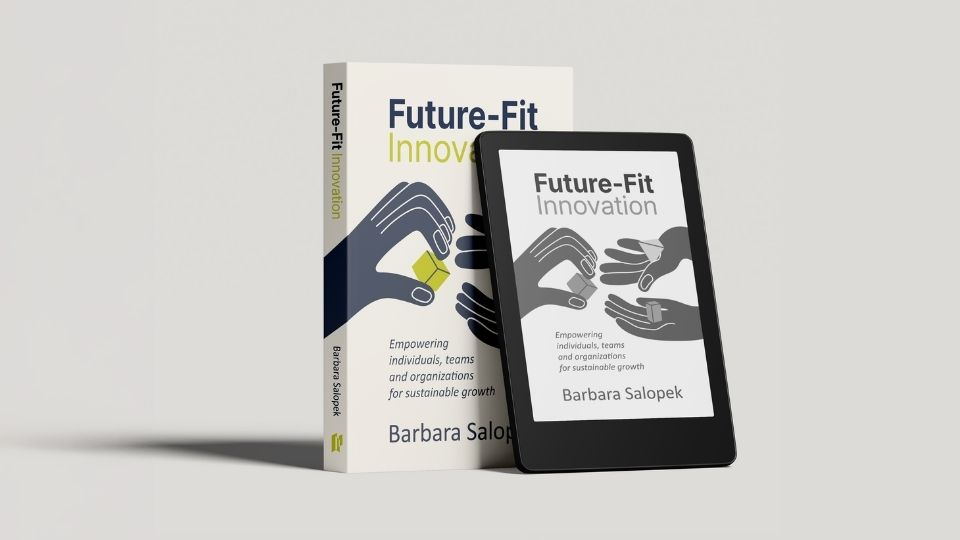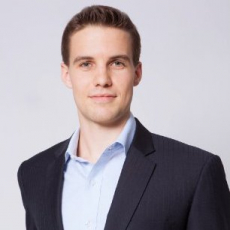What inspired you to write Future-Fit Innovation, and what gap did you want to fill in how leaders approach innovation?
I wrote Future-Fit Innovation because I saw too many organizations treating innovation as a project rather than a system. Many focus on tools or processes but overlook the human, cultural, and organizational barriers that quietly block progress. My goal was to offer leaders a practical, research-based framework that connects individual creativity, team dynamics, and organizational strategy — so innovation becomes continuous, not occasional.
How did your CEMS experience in NHH/ University of Cologne influence your mindset as a leader and innovator?
CEMS shaped my belief that innovation is inherently global and collaborative. Studying in Norway and Germany taught me to see problems from multiple perspectives and appreciate how diversity fuels creativity. We all grow up in certain environments, but moving abroad shows us that there are many different ways of thinking. I find that endlessly fascinating — I love learning from others and exploring these perspectives. That curiosity and openness made me comfortable navigating complexity, which is exactly what I help organizations do when building innovation systems.
You say most innovation fails because we skip the “hard parts”. What are those, and why do they matter?
The “hard parts” are the invisible barriers — mindset, culture, and leadership habits. It’s easier to launch an idea contest than to build psychological safety or challenge established assumptions. But innovation only works when people feel safe to question, test, and learn from failure. Ignoring that human side is why so many initiatives fade after the first excitement. You don’t become innovative by sending someone to a two-day workshop — the whole organization needs to focus on this goal, and it’s more a marathon than a sprint.
How can CEMS alumni turn your framework into action? From your experience, what are three practical tips to stay both innovative and sustainable over time?
- The most important step is to nurture a culture that embraces psychological safety. It’s abstract and hard to measure, which is why many organizations struggle with it — but it’s essential. The good news is that psychological safety belongs to teams, not organizations, so every leader can start right where they are. Build trust within your team, and innovation will follow.
- Second, encourage open dialogue and healthy challenge. Create space where people feel safe to speak up, share ideas, and question assumptions. That’s where creativity and progress begin. But this is easier said than done. Small things matter — for instance, a new parent might come to work after a sleepless night. Allowing space for small confessions like this, and responding with understanding, reduces mental burden and builds resilience. Psychological safety isn’t about being “nice” or lowering standards; it’s about openness with accountability, where wellbeing and performance reinforce each other.
- Third, stay curious — as a leader and as a team. Observe, question, and connect across disciplines. Sustainability and innovation thrive together when leaders treat learning as a continuous, shared practice.



